Clinically proven, safe and effective
Ellipse has used the slogan ”Clinically proven , safe and effective” for many years, but what does it really mean?
Welcome to a short series of blog entries that will be issued over the next few weeks, leading up to the launch of a brand new Ellipse treatment. To find out more, and be amongst the first in the world to learn about the new treatment, remember to follow this blog.
The series of blogs will cover
- The Ellipse commitment to research √
- Hair Removal: the clinical proof √
- Rejuvenation: the clinical proof √
- Vascular treatments: the clinical proof √
- Acne and wrinkles: the clinical proof √
The Ellipse commitment to research
Ellipse has had an ongoing commitment to research since it was started 16 years ago. Rather than produce a “black box” and try to find what it could be used for, Ellipse has worked with leading dermatologists to build a system “from the skin up”. In other words, we have identified a problem, and then worked with specialist doctors to design a system, an applicator and a treatment protocol to solve this problem. Both users and clients need to be certain that safe and effective means just that. The certainty comes from the clinical proof.
So before each new treatment is made available, it is first tested in a clinical trial. This is a test carried out on a group of volunteers, under very strict conditions that are independently approved, where the improvements are evaluated both by the patients themselves, and by physicians; where any side effects or feeling of discomfort are noted; and where the final results are measured and statistics produced. Follow-up examinations of the patients are held to make sure that the results are real and long-lasting. When all of this has been done, the clinical trial is submitted to a journal (a trade magazine for dermatologists), where it is independently reviewed – and only published if the reviewers agree with the conclusion.
By following the clinical trial route, we can be sure that your treatment should always produce known “clinically proven” results. This means that the patient or client is always a patient or client, and never a lab rat.
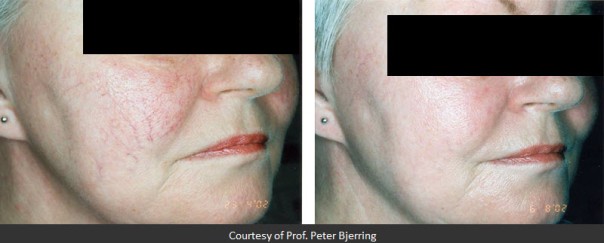
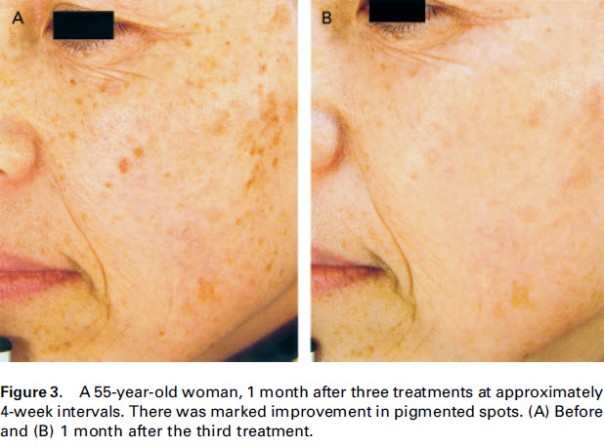
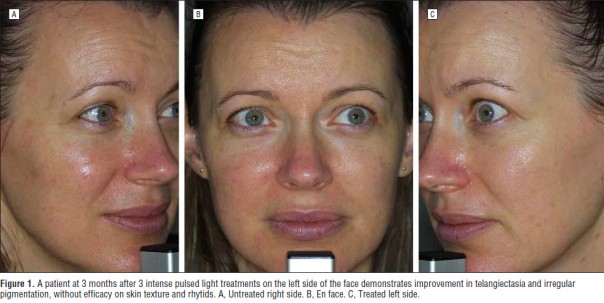
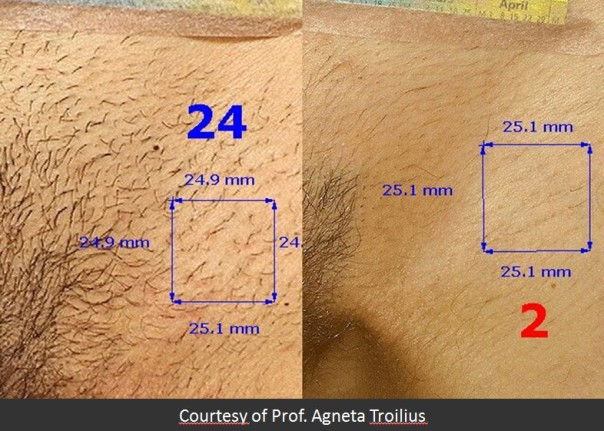
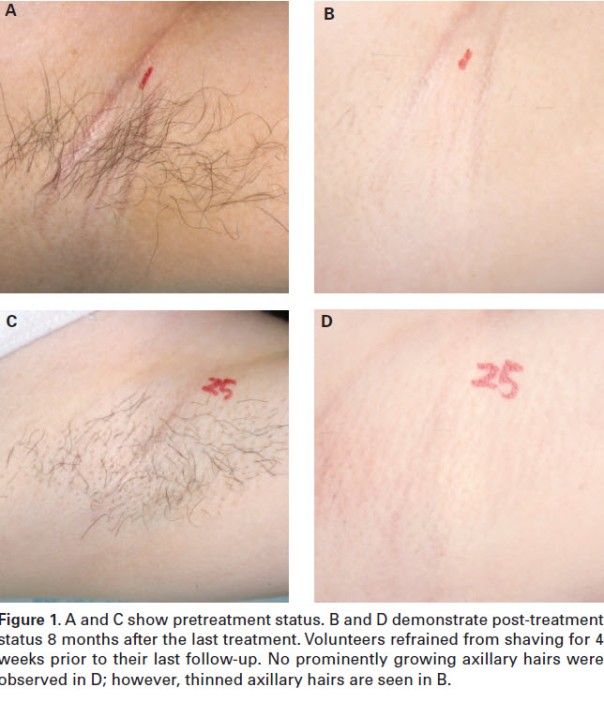

You must be logged in to post a comment.